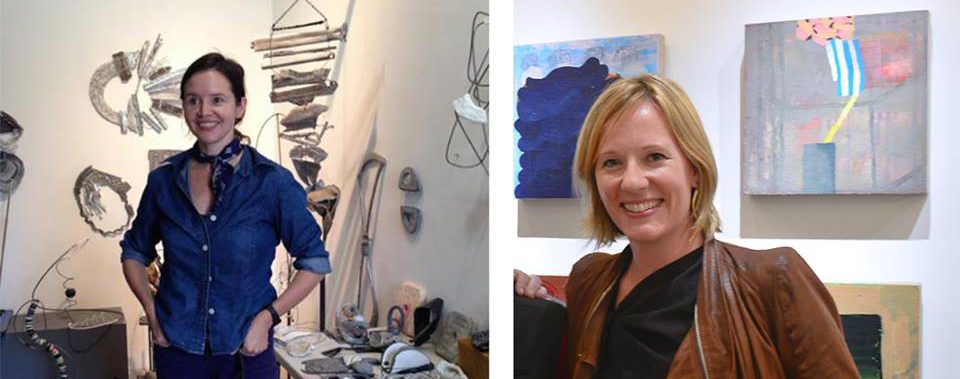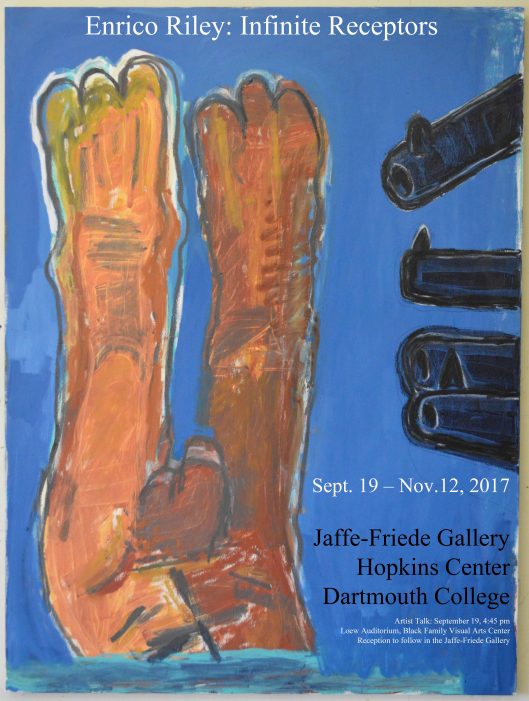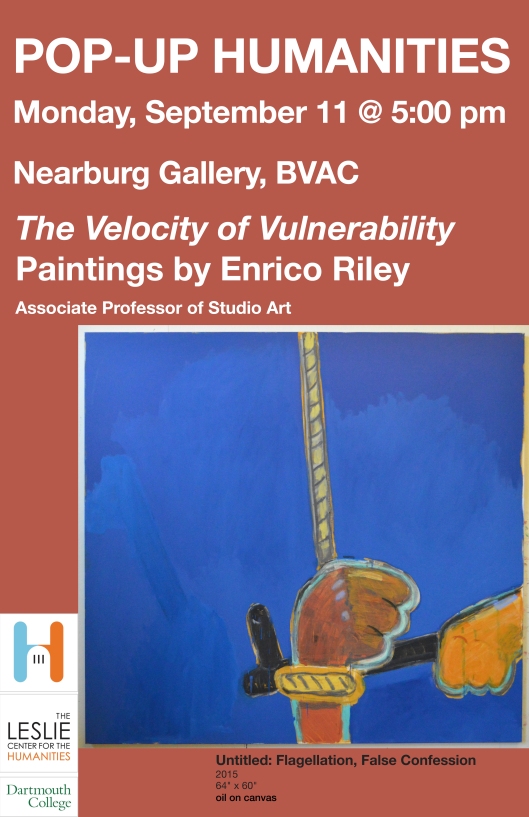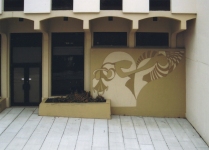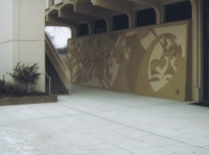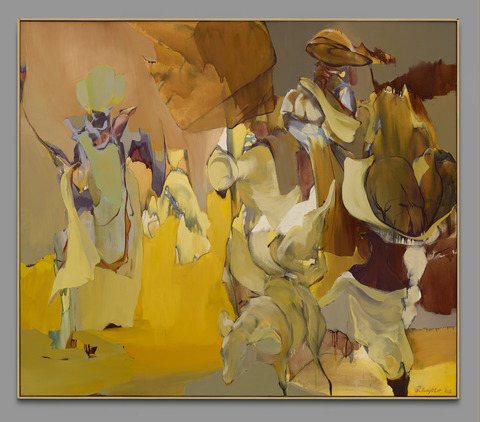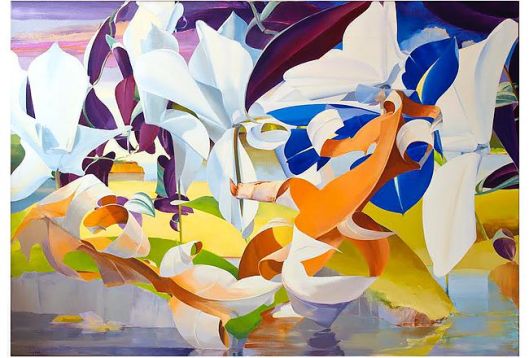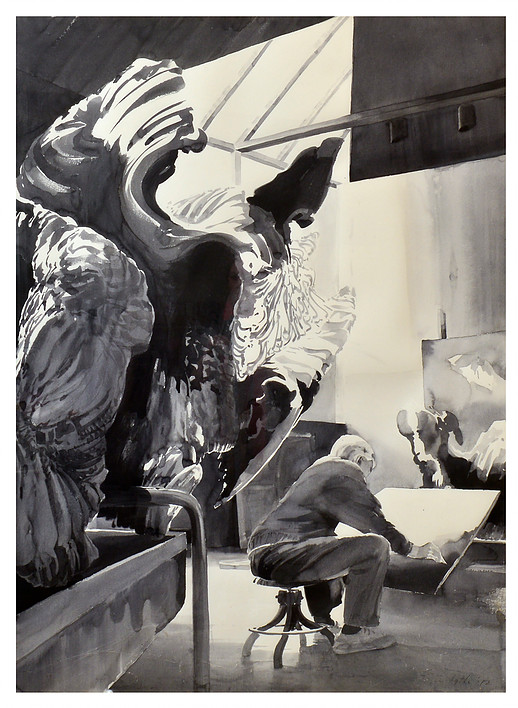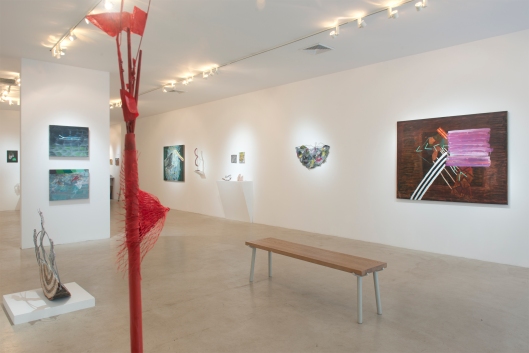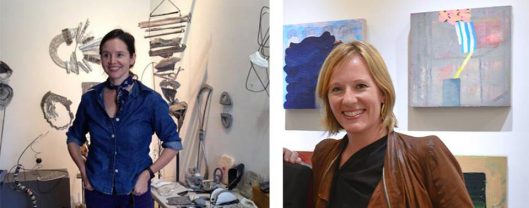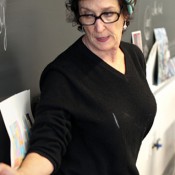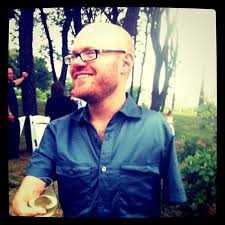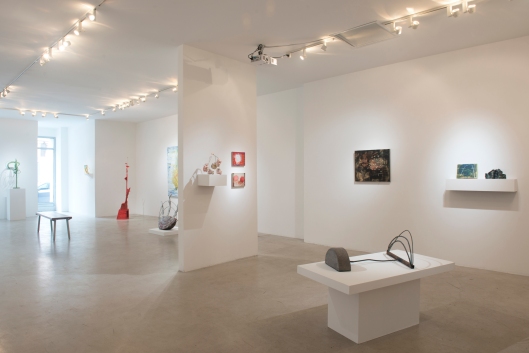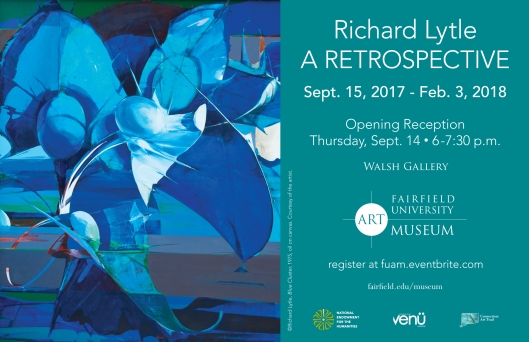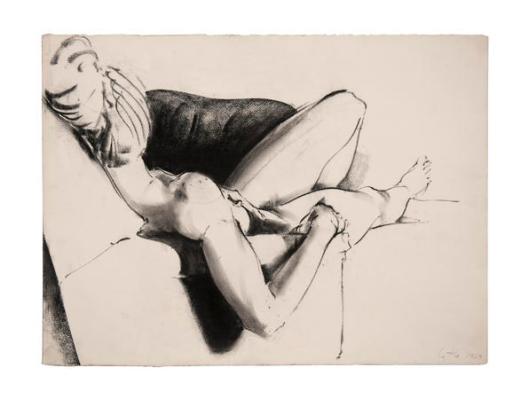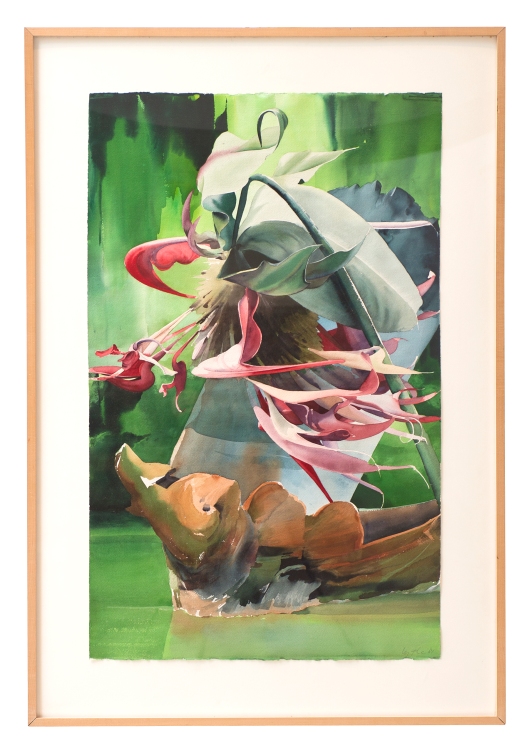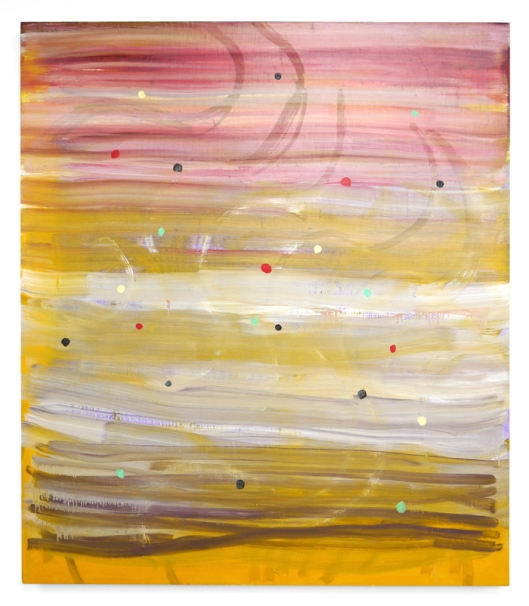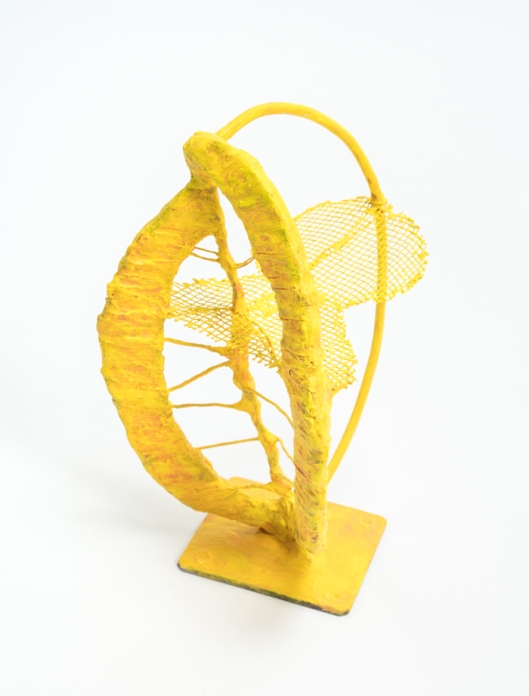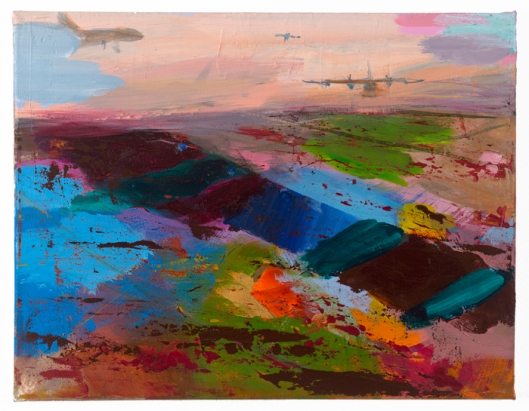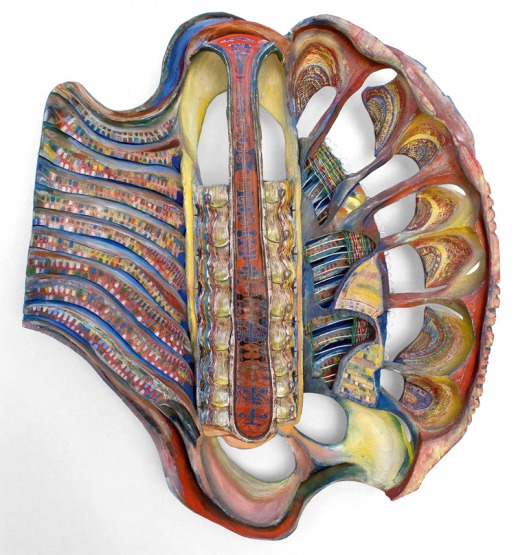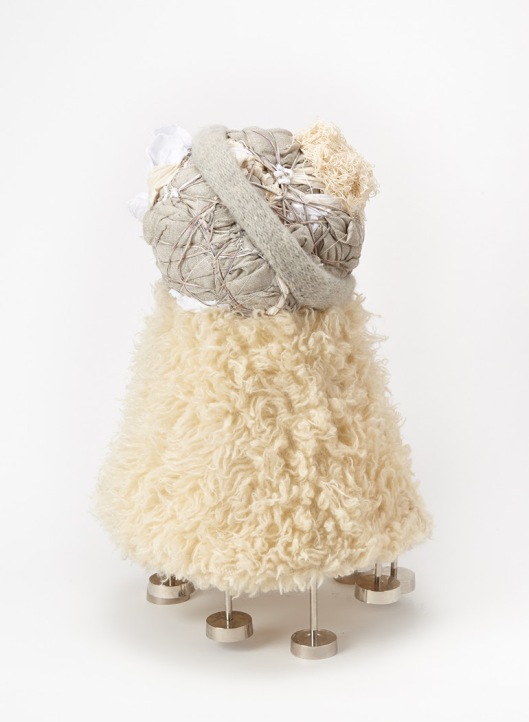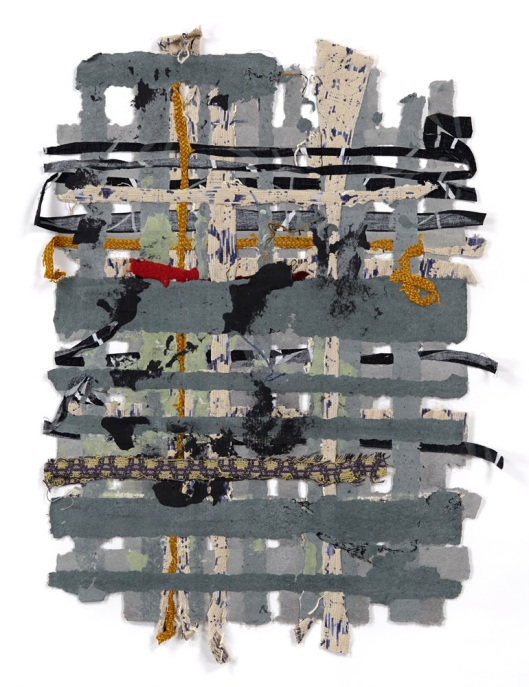Tags
ART, Becky Yazdan, Elisa Lendvay, Judith Simonian, Michael Angelis, Painting, Sculpture, work on paper
Artists Talk is Saturday, October 7th, 2PM
Fred Giampietro Gallery is pleased to announce an exhibition of works by Elisa Lendvay and Becky Yazdan, with works by Judith Simian and Michael Angelis.
“The Apple Tree can be seen as a sanctuary or a shelter, or it can be seen as beautiful temptation, offering poisonous fruit. In Shel Silverstein’s The Giving Tree, the apple tree exists to make the boy happy, offering fruit to eat, branches to swing on and lumber to build a house. The boy returns as a tired old man and the tree, having sacrificed everything, has nothing left but a stump for him to sit on.”
“And the tree was happy…but not really.” – Yazdan
In a recent statement, Yazdan describes her new work, “This particular body of work focuses on transitions and change and the violence and inevitable resistance that come along with it. In order for the caterpillar to turn into the butterfly it must digest itself with its own enzymes. For one to move forward, things must be left behind — how do you decide what stays and what goes? Do you keep the baby or does it get thrown out with the bath water?”
New York based artist, Becky Yazdan received her MFA from the NY Studio School, studying with Bill Jensen and Graham Nickson. She received her Bachelors of Fine Art from the University of Colorado at Boulder. Yazdan’s work has been exhibited throughout the East Coast and New York and she has received many prestigious awards including the Emma Strain Award, Top 100 Artists by GLAAD, and the Hohenberg Travel Award.
Click here to view available works by Yazdan
Lendvay’s explorations in making form, color and enigmatic objects move between sculpture, painting and drawing. They present interplays among internal vision, observation of nature, and corporality to generate moments of perception, truth, and whimsey. Diverse materials are employed to consider how unlike elements can merge into something other and new. She explores the physicality of making and matter with a sense of play and discovery in the process.
Elisa Lendvay’s recent solo exhibitions have been at Jason McCoy Gallery, New York, NY and Fred Giampietro Gallery, New Haven, CT, and group exhibitions nationally and internationally. She recently moved from NYC to a farmhouse in the Hudson Valley, NY. Lendvay holds an MFA in Sculpture from Bard College, Annandale-on-Hudson, New York, and a BFA from the University of Texas at Austin and Bennington College. Lendvay has been awarded honors from the Edward F. Albee Foundation, the New York Foundation of the Arts, the Santa Fe Art Institute, the Lower Manhattan Cultural Center, the Milton Avery Graduate School of the Arts, the Dallas Museum of Art, The University of Texas at Austin, and the Marie Walsh Art Foundation. She is teaching at Marist College and is a visiting faculty member at Bennington for fall 2017.
Click here to view available works by Lendvay
Judith Simonian lives and works in New York City. She was born in Los Angeles, California and received her M.A. and B.A. from California State University, Northridge. She was awarded a Guggenheim Foundation Fellowship in 2014. Simonian’s work has been exhibited throughout the United States. Her work has been included in many public collections including the Broad Art Foundation in Paris, France, UCLA/Hammer Museum, the Museum of Contemporary Art in San Diego, the Fresno Museum of Art, and the Madison Museum of Contemporary Art in Madison, WI.
Click here to view available works by Michael Angelis
